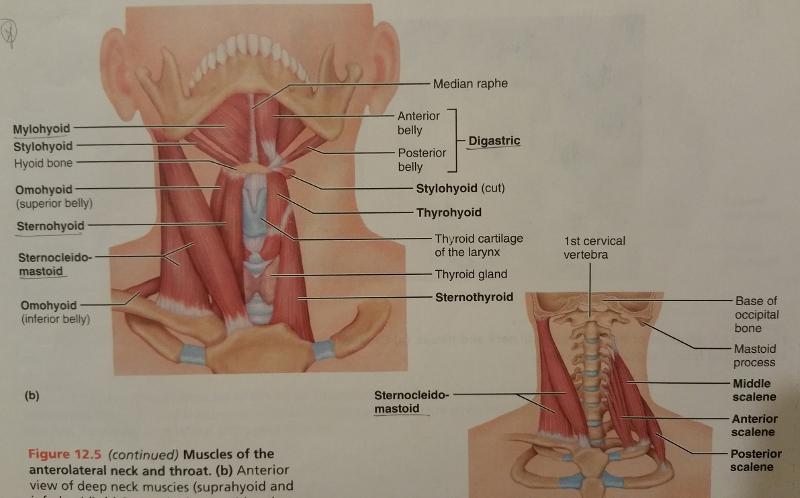Most often, body movements result from the contraction of how many muscles?
Several muscles acting together.
Muscles that are responsible for producing a certain movement are called what?
Agonists or prime movers
Muscles that oppose or reverse a movement are called what?
Antagonists
When an agonist is active, the fibers of the antagonists are affected in which two states?
1. Stretched
2. Relaxed
How does the antagonist regulate the agonist in 2 ways?
1. Prevent overshoot of the agonist
2. Stop action of the agonist
The biceps muscle is an agonist of what arm movement?
Flexion
The biceps is an antagonist of what arm movement?
Extension
The triceps is an agonist of what arm movement?
Extension
The triceps is an antagonist of what arm movement?
Flexion
The biceps muscle is antagonized by what muscle?
Triceps muscle
The triceps muscle is antagonized by what muscle?
Biceps muscle
How do synergists help the action of agonists?
1. Reduce undesirable movement
Without synergists, contraction of a muscle crossing two or more joints would cause movement at how many joints?
All joints
Do synergists stabilize certain joints?
Yes.
The muscles that flex the fingers cross both the wrist and finger joints, how can you make a fist without bending at the wrist?
The synergist muscles stablize the wrist joint.
Fixators are what type of specialized muscles?
Specialized synergists
What is the function of fixator muscles in regard to the origin and insertion of a prime mover?
They immobilize the origin of a prime mover so that all the tension is exerted at the insertion.
Muscles that help maintain posture are what type of skeletal muscles?
Fixators
Muscles of the back that stabilize the scapular during arm movements are what type of skeletal muscles?
Fixators
Muscles are named on what 7 criteria?
1. Direction of muscle fibers
2. Relative size of the muscle
3. Location of the muscle
4. Number of origins
5. Location of the muscle's origin and insertion
6. Shape of the muscle
7. Action of the muscle
Direction: Some muscles are named in reference to what kinda of line?
Imaginary line
Direction: That imaginary line is usually what type of line of the body?
Midline of the body
Direction: A muscle with fibers running parallel to that imaginary line will have what term in its name?
Rectus (straight)
Direction: The rectus abdominis is what type of muscle of the abdomen?
Straight muscle of the abdomen
Direction: The term transverse indicates muscles running at which type of angles relative to the imaginary line?
Right angles
Direction: The term oblique indicates muscles running how directionally to the imaginary line?
Diagonally
Muscle structure is determined by what type of arrangement?
Fascicle arrangement
Relative size of the muscle:
1. Maximus means what?
2. Minimus means what?
3. Longus means what?
4. Brevis means what?
1. Largest
2. Smallest
3. Longest
4. Shortest
Location of the muscle: Some muscles are named for the ____ with which they are associated.
bone
The temporalis muscle overlies which bone?
Temporal bone
Number of origins:
1. The term biceps has what number of origins or heads?
2. The term triceps has what number of origins or heads?
3. The term quadriceps has what number of origins or heads?
1. 2
2. 3
3. 4
Location of the muscle's origin and insertion: The sternocleidomastoid muscle has its origin in which 2 bones and inserts in which process?
Origin in the sternum (sterno) and clavicle (cleido) and inserts on the mastoid process of the temporal bone.
Shape of the muscle: The deltoid muscle is what type of shape?
Triangular (deltoid=shape)
Shape of the muscle: The trapezius muscle is what type of shape?
Trapezoid
Action of the muscle: All the adductor muscles of the thigh bring about what type of movement?
Adduction
Action of the muscle: All the extensor muscles of the wrist do what to the hand?
Extend the hand
How do the muscles of facial expression differ from most skeletal muscles?
They insert into the skin or other muscles rather than into bone.
The muscles of facial expression move what feature of the face?
Facial skin
The muscles of mastication move which bone?
Mandible
The six extrinsic eye muscles do what to the eye?
Aim the eye
Neck muscles are concerned primarily with movement of what 2 body parts?
1. Head
2. Shoulder girdle
Raise your eyebrow to wrinkle your forehead. You are using the frontal belly of what muscle?
Epicranius muscle
Blink your eyes. You are contracting which muscle?
Orbicularis oculi
Close your lips and pucker up. You are contracting which muscle?
Orbicularis oris.
Smile. You are using which muscle?
Zygomaticus muscle.
Clench your teeth. You are using which muscle?
Temporalis.
Primary action of the orbicularis oculi?
Close eye
Primary action of the orbicularis oris?
Close and protrude lips
Primary action of the zygomaticus?
Create smile
Origin and insertion of zygomaticus?
Origin: Zygomatic bone
Insertion: Skin and muscles at corners of mouth
Primary action of buccinator?
Compress cheeks (i.e. whisle, suck)
Primary action of platysma?
Depress mandible (aka open jaw).
Origin and insertion of platysma?
Origin: Fascia of chest
Insertion: Mandible
Primary action of temporalis?
Close jaw
Origin and Insertion of temporalis?
Origin: Temporal bone
Insertion: Coronoid process of mandible
Primary action of masseter?
Close jaw
Origin and insertion of masseter?
Origin: Zygomatic arch
Insertion: Angle of mandible
Primary action of digastric?
Open mouth
Primary action of mylohyoid?
Elevate tongue during swallowing
Primary action of sternohyoid?
Depress larynx
Origin and insertion of sternohyoid?
Origin: Manubrium
Insertion: Hyoid
2 primary actions of sternocleidomastoid?
1. Flex neck
2. Rotate head
Origin and insertion of sternocleidomastoid?
Origin: manubrium and clavicle
Insertion: Mastoid process of temporal bone
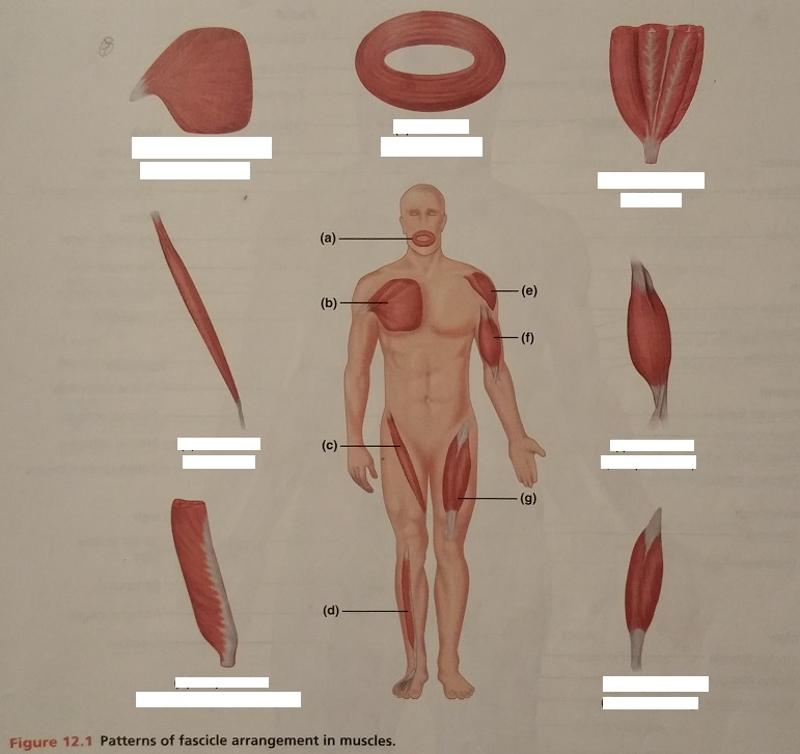
Identify the missing features.
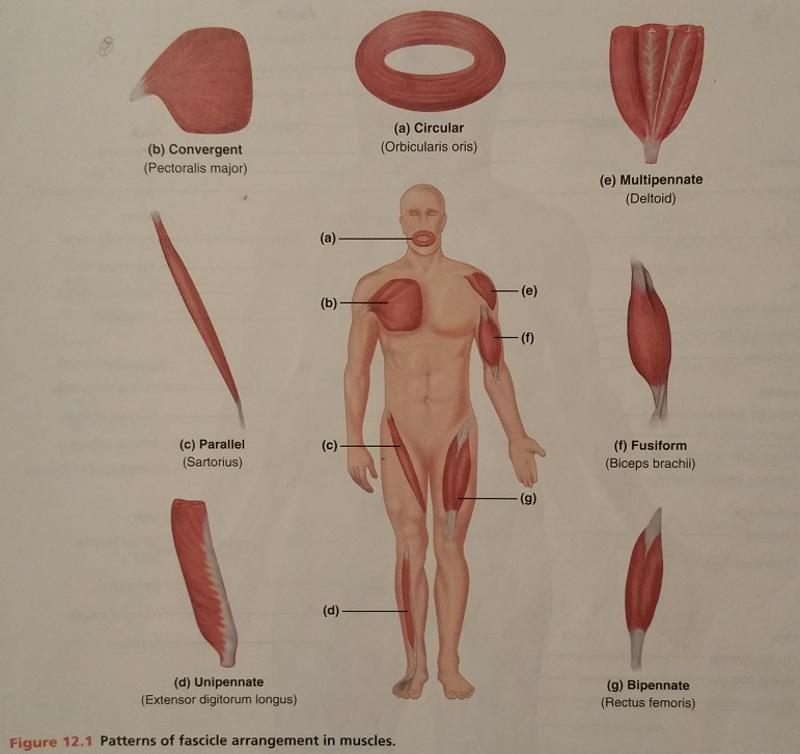
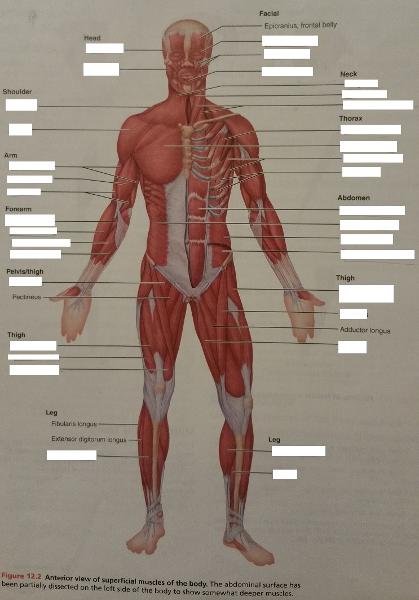
Identify the missing features.
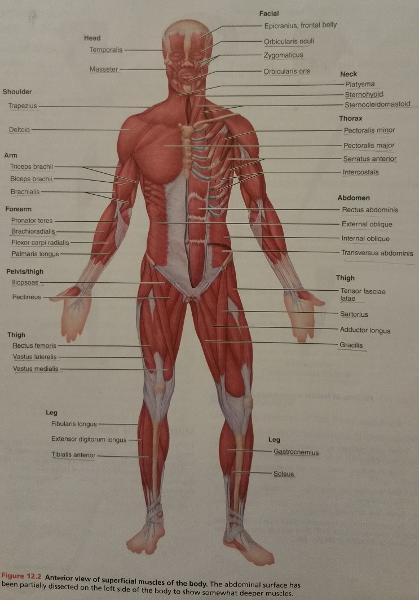
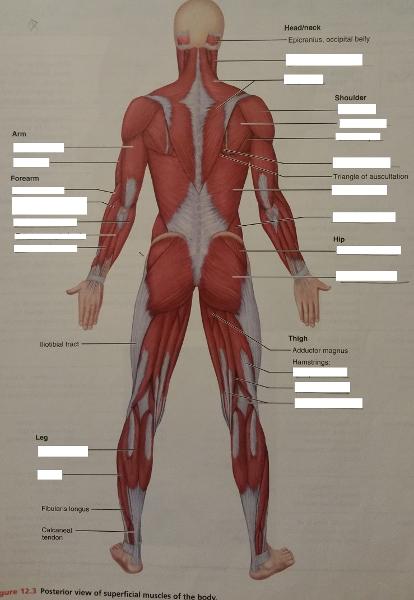
Identify the missing features.
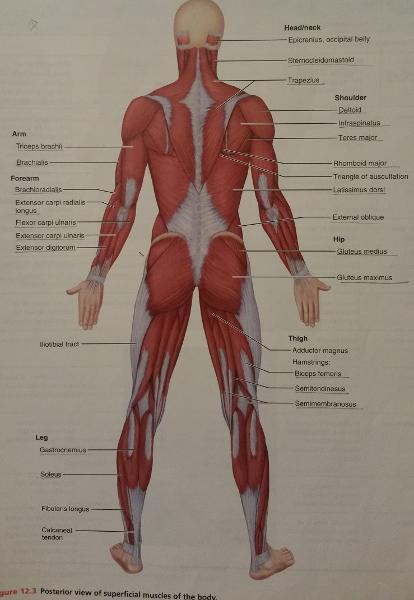
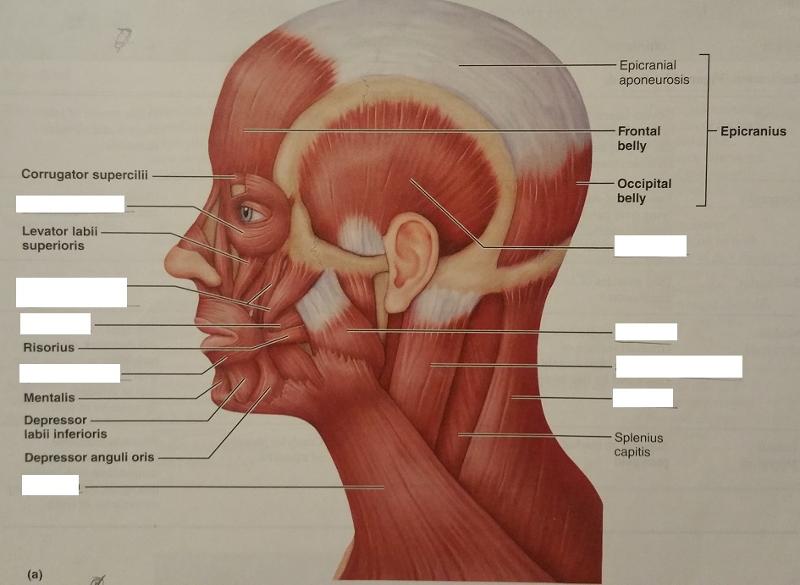
Identify the missing features.
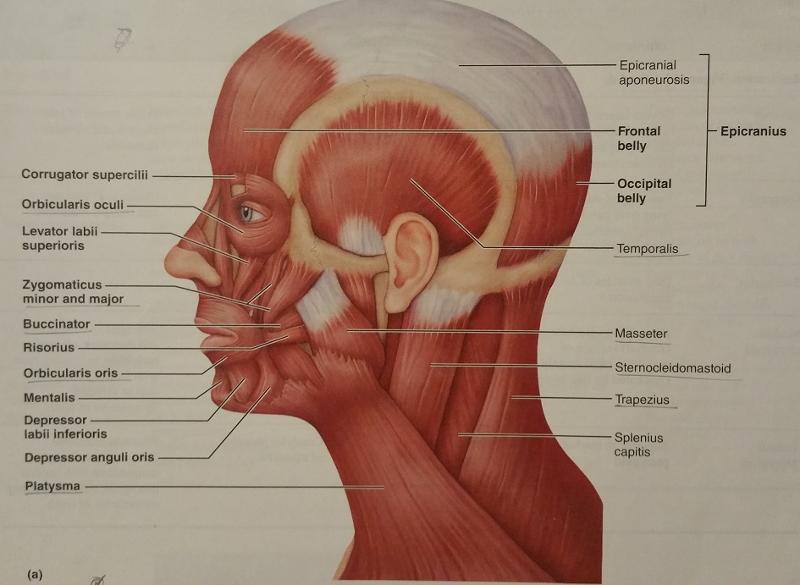
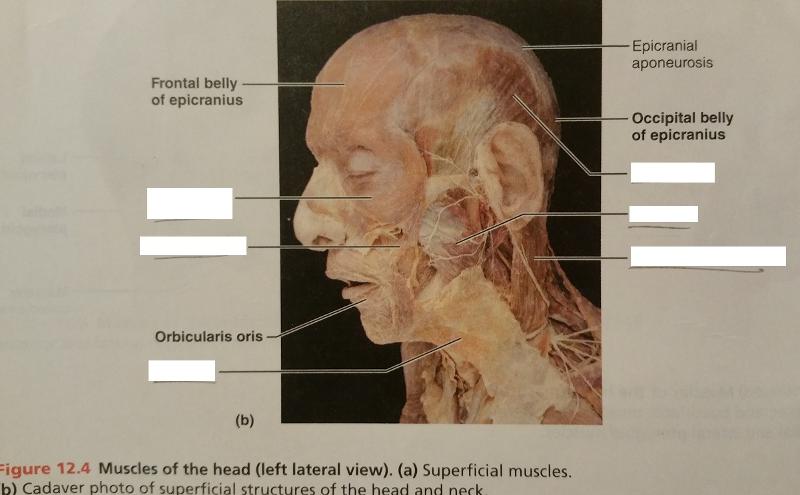
Identify the missing features.
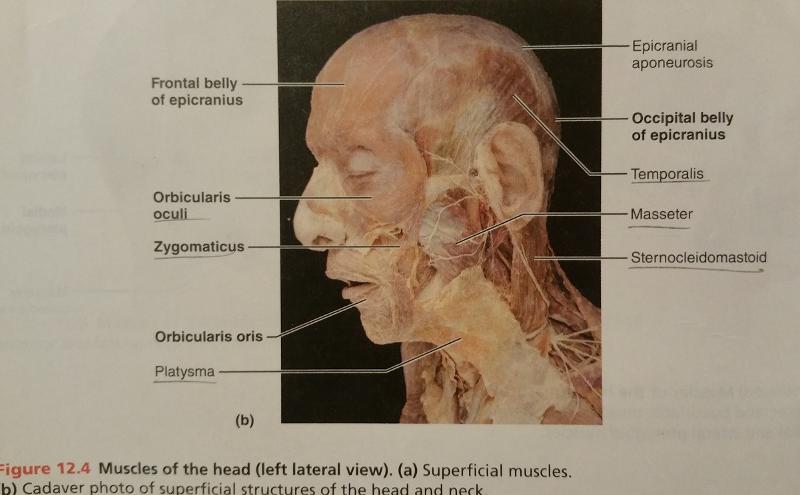
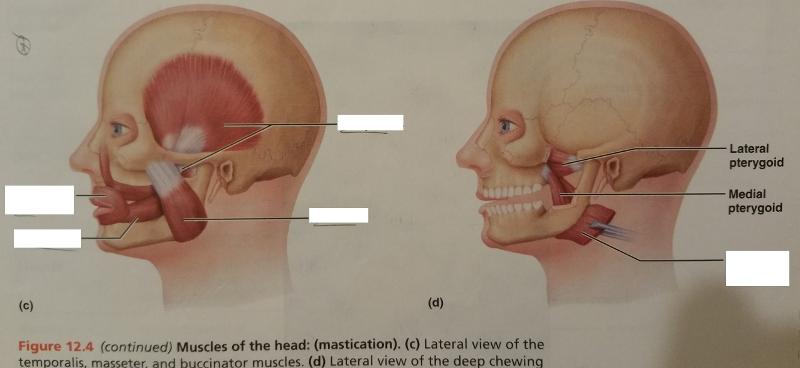
Identify the missing features.
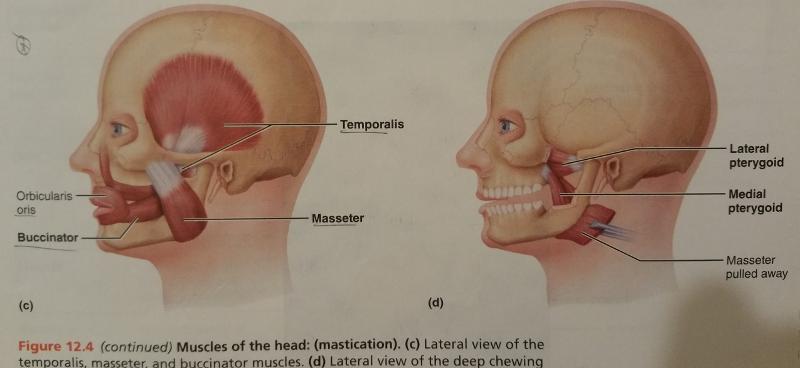
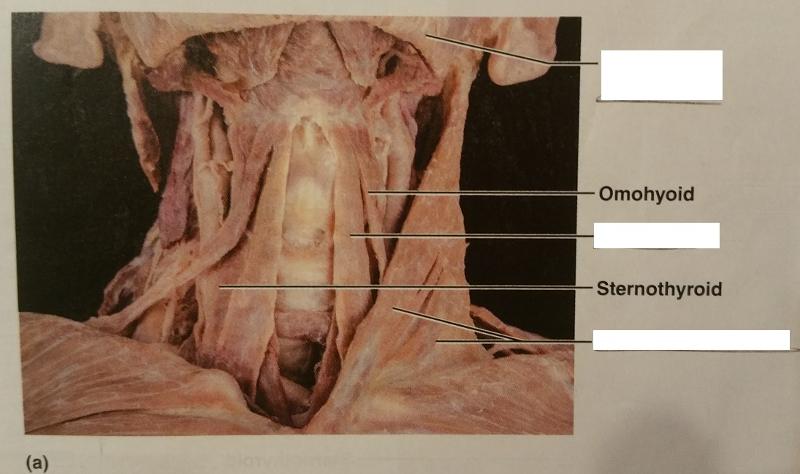
Identify the missing features.
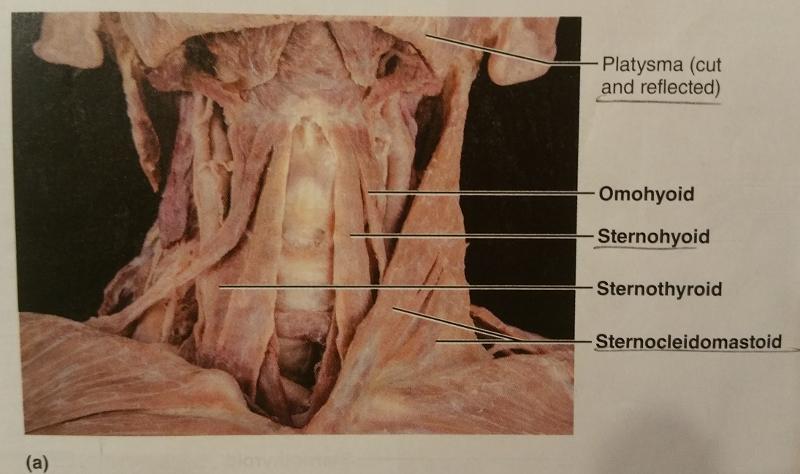
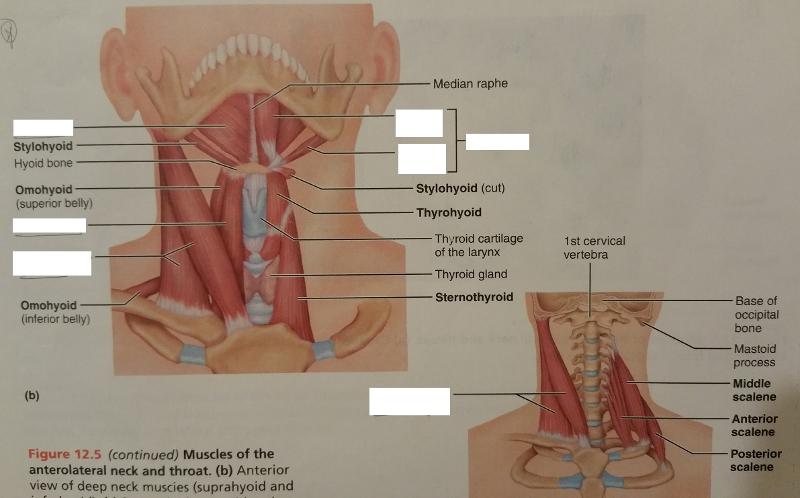
Identify the missing features.
